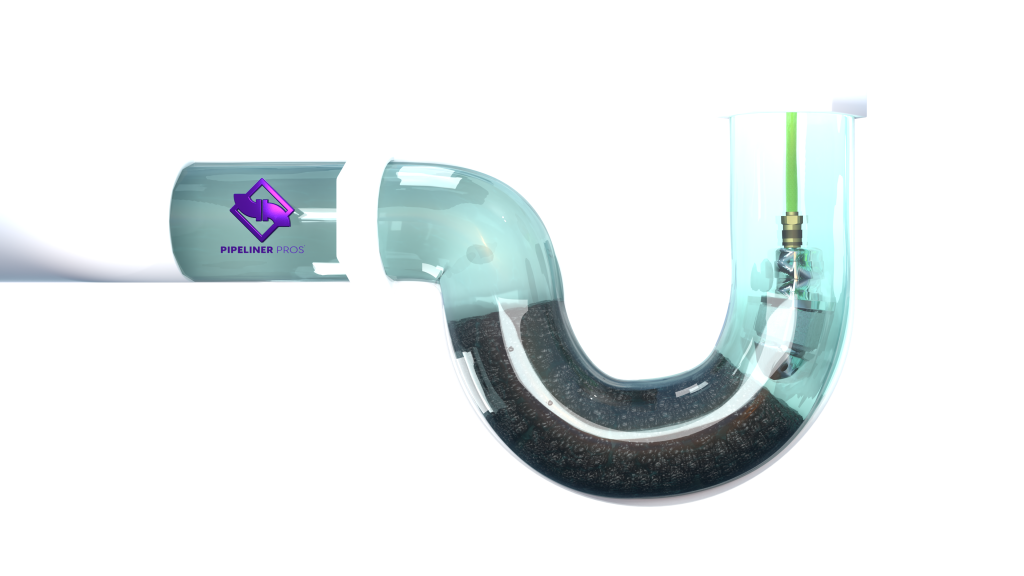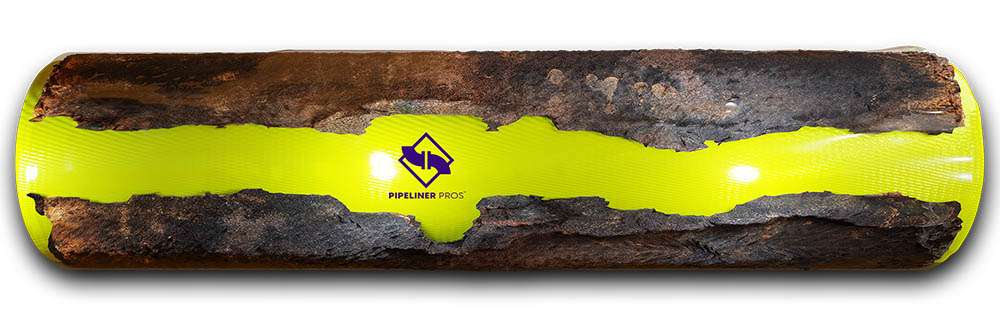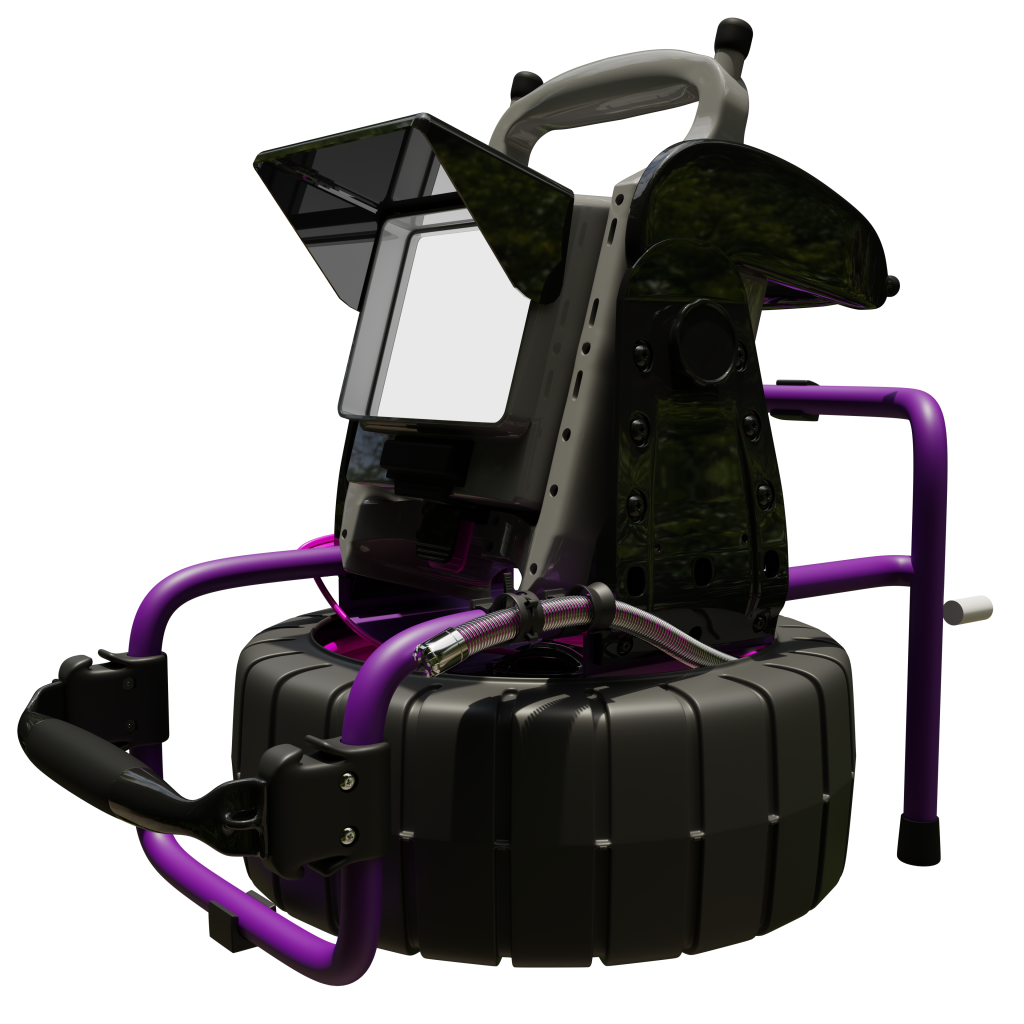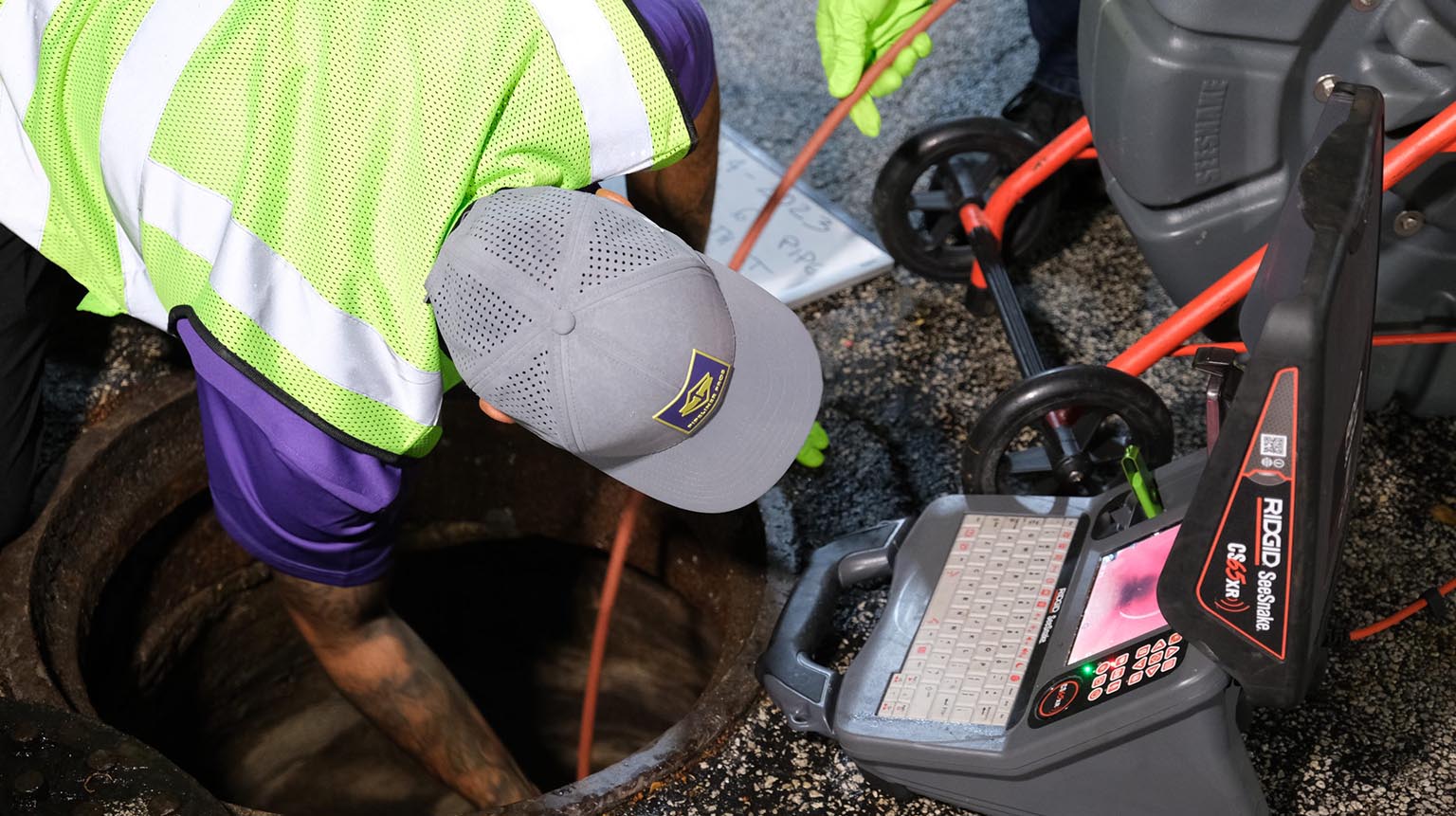Epoxy Coating Can Be Better than CIPP
At Pipeliner Pros, we offer industry-leading epoxy coating solutions that restore and protect small-diameter pipelines from the inside out. In many situations, epoxy coating can be a better, more precise alternative to Cured-In-Place Pipe (CIPP) lining—especially when precision, access, or material compatibility are top concerns.
Why Choose Epoxy Coating?
- Superior Protection: Our epoxy coatings form a durable, seamless barrier inside your pipes—resisting corrosion, leaks, and chemical degradation. This internal lining reinforces aging infrastructure and extends the service life of your pipes.
- Brush and Spray Coating Options: Depending on the application, we utilize either airless spray systems or manual brush coating to ensure complete coverage. This allows us to coat both long straight runs and difficult-to-access bends, fittings, or diameter transitions with precision.
- Ideal for Small-Diameter Pipes: Epoxy coating is especially effective in 1.5”–6” pipes where traditional lining can be challenging. It’s a go-to method for potable water lines, fire suppression, HVAC systems, and small sanitary laterals.
- Minimal Disruption: Our process requires no trenching. After cleaning and prepping the pipe interior, the epoxy is applied in thin layers and cured in place—often in a single shift. This means no jackhammering, no landscape damage, and no tenant displacement.
- Improved Flow Capacity: Once cured, epoxy creates a smooth, uniform internal surface that reduces friction loss and prevents buildup. This improved hydraulic flow translates to better system performance and fewer blockages over time.
- Cost-Effective Alternative: Compared to full pipe replacement or even CIPP in certain applications, epoxy can offer significant cost savings. There’s less labor, no excavation, and minimal restoration work needed post-installation.
- Non-Structural, But Durable: Epoxy coating does not serve as a structural liner like CIPP, but it bonds directly to the host pipe’s interior to seal pinholes, corrosion, and minor deterioration. It’s ideal when pipes are still intact but suffering from internal wear or contamination.
Our Process
- Step 1 – Mechanical Cleaning: We descale and remove all internal buildup using rotating cleaning heads, abrasive tools, or hydro-jetting to prepare the surface.
- Step 2 – Inspection: A high-resolution camera verifies that the pipe is fully cleaned and ready for coating.
- Step 3 – Application: Depending on access, our technicians apply epoxy via brush, roller, or airless spray systems. Multiple coats may be used for increased thickness and protection.
- Step 4 – Final Verification: After curing, we re-inspect the pipeline to confirm uniform coating, thickness, and absence of defects.
Customized Solutions for Every System
Every pipe is different. That’s why we tailor each epoxy project based on:
- Pipe diameter and length
- Material (cast iron, steel, copper, PVC, etc.)
- Type of flow (sewer, potable, stormwater, HVAC)
- Corrosion level or presence of pinholes/leaks
- Desired cure time, coating thickness, and flow requirements
Partner with Pipeliner Pros
Our technicians are trained in the latest epoxy application methods and use NSF-certified, industry-proven materials. Whether you’re rehabilitating a vertical stack in a high-rise, a sanitary lateral in a commercial building, or a fire line in an industrial facility—Pipeliner Pros delivers precision, performance, and peace of mind.
Contact us today to schedule an inspection or to learn more about our epoxy coating capabilities. We’ll help you determine whether epoxy is the right solution—or if another trenchless technology makes more sense for your infrastructure.






